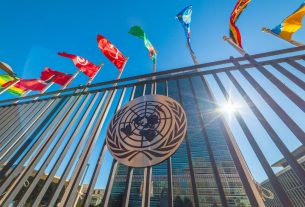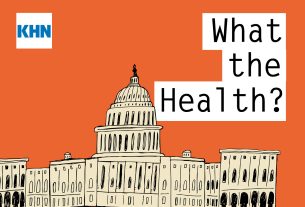📍 Geneva / New York — July 15, 2025
New data released by the World Health Organization (WHO) and UNICEF shows that global childhood immunization coverage remained stable in 2024, with 89% of infants—approximately 115 million—receiving at least one dose of the diphtheria, tetanus, and pertussis (DTP) vaccine. However, 14.3 million infants received no vaccines at all, underscoring persistent gaps in access and equity.
📊 Progress and Challenges
- 85% of infants (109 million) completed the full three-dose DTP series, up by 1 million from 2023
- 171,000 more children received at least one vaccine dose compared to the previous year
- Despite modest gains, nearly 20 million infants missed at least one DTP dose
- The number of zero-dose children is 4 million above the 2024 target and 1.4 million higher than in 2019
🧭 Unequal Access and Fragile Settings
- Of 195 countries assessed, only 131 consistently reached 90% coverage with the first DTP dose since 2019
- 47 countries show stagnation or decline, including 22 that previously met the 90% threshold
- Half of all unvaccinated children live in 26 countries affected by conflict or humanitarian crises
- In these fragile settings, the number of unvaccinated children rose from 3.6 million in 2019 to 5.4 million in 2024
💬 Leadership Commentary WHO Director-General Dr Tedros Adhanom Ghebreyesus warned that misinformation and funding cuts threaten decades of progress:
“Vaccines save lives… but we still have a lot of work to do.”
UNICEF Executive Director Catherine Russell added:
“Millions of children remain without protection against preventable diseases, and that should worry us all.”
🌍 Improvements in Gavi-Supported Countries
- In 57 low-income countries, immunization coverage improved, reducing under-vaccinated children by 650,000
- However, upper-middle and high-income countries showed signs of slippage, raising concerns about potential outbreaks
🦠 Expanded Protection Against Other Diseases
- HPV vaccine coverage rose to 31% globally, up from 17% in 2019, driven by national scale-ups and single-dose schedules
- Measles coverage improved slightly:
- 84% received the first dose
- 76% received the second dose
- Yet 30 million children remain under-protected, with 60 countries reporting large outbreaks in 2024
🚨 Call to Action WHO and UNICEF urge governments and partners to:
- Close funding gaps for Gavi’s 2026–2030 strategic cycle
- Strengthen immunization in fragile and conflict-affected regions
- Invest in primary healthcare and local-led strategies
- Combat misinformation with evidence-based outreach
- Enhance surveillance systems to guide high-impact immunization efforts
For full data and country-specific insights, visit the WHO Immunization Coverage Portal and UNICEF Immunization Statistics.



